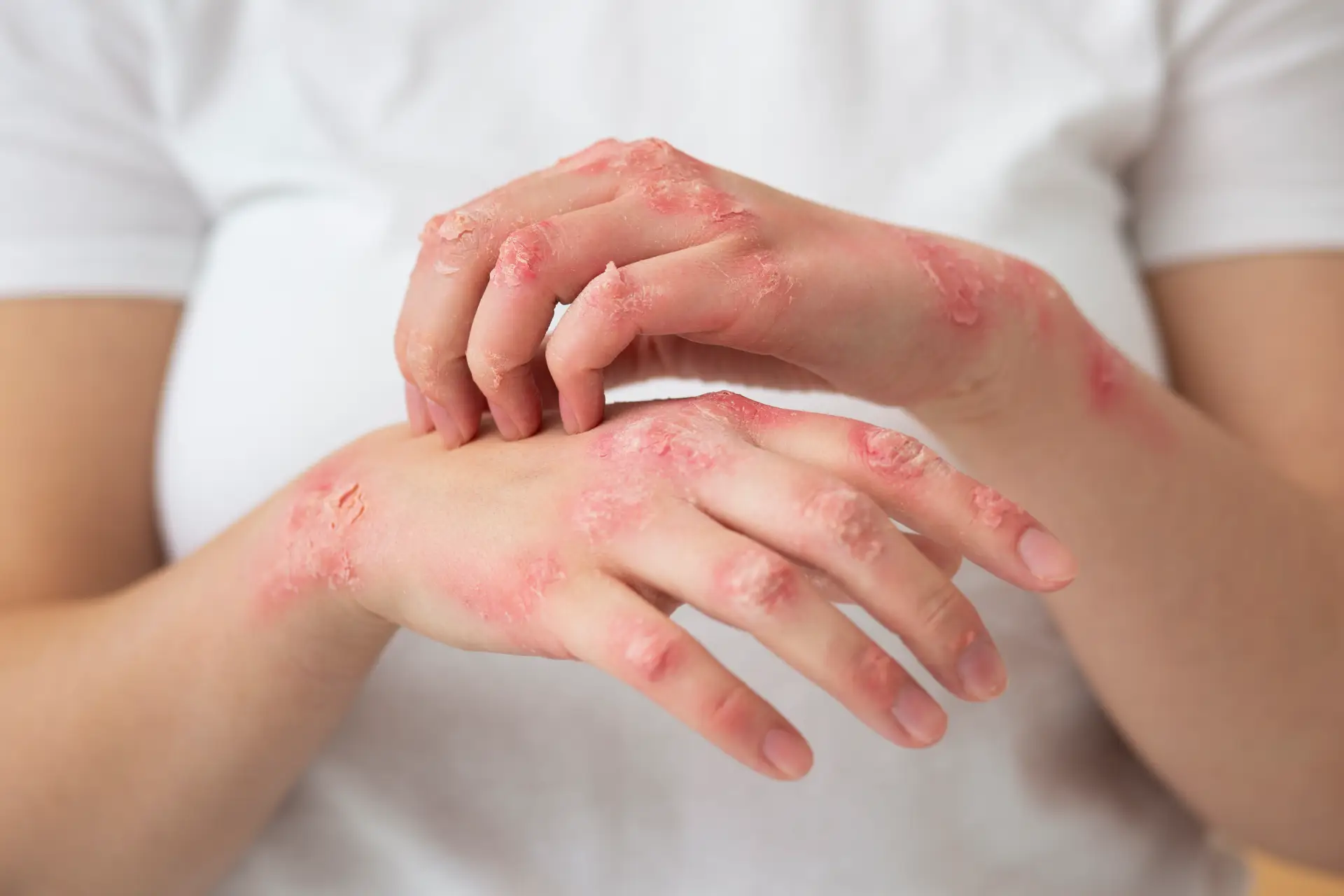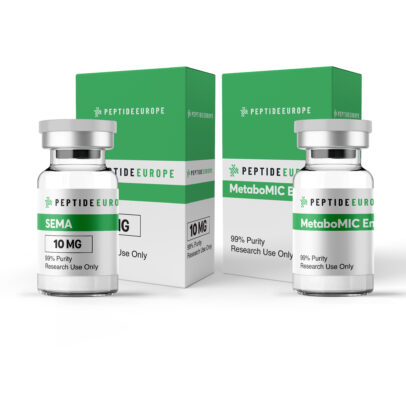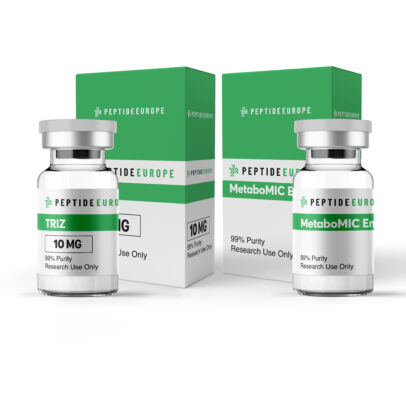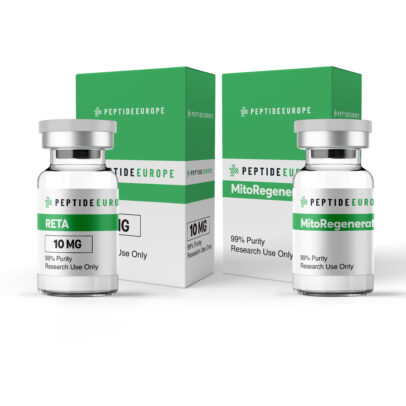Lyme Disease: Causes, Symptoms, Prevention & Research Perspectives

Lyme disease is one of the most widely reported vector-borne illnesses in the United States and Europe, and it continues to spark concern due to its complex symptoms and potential long-term effects. Caused by a bacterium called Borrelia burgdorferi, and less commonly Borrelia mayonii,
Lyme disease is transmitted to humans through the bite of infected blacklegged ticks, also known as deer ticks. While early treatment with antibiotics can usually resolve the infection, untreated Lyme disease may evolve into a multi-systemic condition involving the joints, heart, and nervous system.
What is Lyme Disease?
Lyme disease is a bacterial infection acquired through the bite of an infected tick, typically a blacklegged tick. The infection was first identified in 1975 in Lyme, Connecticut, when a group of children and adults developed arthritis-like symptoms following tick exposure. Scientists soon traced the illness back to the bacterium Borrelia burgdorferi, which thrives in the midgut of certain ticks and is passed to humans through bites.
Though blacklegged ticks are found in many parts of the United States, Lyme disease cases are concentrated in the Northeast, upper Midwest, and mid-Atlantic regions. In Europe, a different species of Borrelia bacteria also causes Lyme disease and is spread by local tick varieties such as the castor bean tick.
Sema Beauty & Slim (kontrola wagi / zdrowa skóra)
Sema Metabolic Boost (apetyt / metabolizm / energia)
Metabolic Boost Duo (tłumienie apetytu / energia / metabolizm)
Sleep and Slim Pack (kontrola wagi / regeneracja snu)
Symptoms
Lyme disease symptoms evolve in three stages, with overlapping signs:
Stage 1 – Early Localized (Days to Weeks After Bite):
- Circular, expanding rash (erythema migrants) often resembles a bull’s-eye
- Fever, fatigue
- Headache
- Joint stiffness and muscle aches
- Swollen lymph nodes
Stage 2 – Early Disseminated (Weeks to Months):
- Multiple rashes
- Facial paralysis (Bell’s palsy)
- Neck stiffness
- Irregular heartbeat
- Numbness or weakness in limbs
- Painful swelling in eyes or vision loss
Stage 3 – Late Disseminated (Months to Years Later):
- Severe arthritis in large joints (especially knees)
- Neurological issues: memory problems, brain fog, nerve damage
Rare skin conditions (e.g., acrodermatitis chronica atrophicans in Europe)
How It Spreads
Lyme disease is transmitted to humans through the bite of infected blacklegged ticks. These ticks acquire Borrelia bacteria by feeding on infected animals, typically small mammals like mice or voles, and deer. Ticks can attach to a host and remain there for several days, slowly feeding on blood.
It usually takes 24 to 48 hours of attachment for a tick to successfully transmit Lyme disease bacteria into a person’s bloodstream. Both young (nymph) and adult ticks can carry the infection, but nymphs are particularly dangerous due to their small size, making them harder to detect and remove.
It’s important to remember that not all ticks are infected, but in high-risk areas, a significant percentage of the tick population may be carriers.
Sema Beauty & Slim (kontrola wagi / zdrowa skóra)
Sema Metabolic Boost (apetyt / metabolizm / energia)
Metabolic Boost Duo (tłumienie apetytu / energia / metabolizm)
Sleep and Slim Pack (kontrola wagi / regeneracja snu)
Risk Factors
Several environmental and behavioral factors can increase your risk of contracting Lyme disease. Spending time in wooded, grassy, or brush-filled environments, particularly in endemic areas, increases the chances of encountering infected ticks. Activities such as hiking, camping, gardening, or hunting can place individuals in close contact with tick habitats.
The disease is most common in regions like the northeastern United States, the upper Midwest, southern Canada, and parts of Europe where infected ticks are widespread. Ticks are most active during the warmer months from spring through early autumn, but they can also be active any time temperatures are above freezing. Wearing exposed clothing, failing to use insect repellent, or neglecting to perform thorough tick checks after outdoor activities can also contribute to increased risk.
Complications
If Lyme disease is not diagnosed and treated early, complications may arise in multiple systems of the body. One of the most common long-term effects is chronic arthritis, particularly in large joints such as the knees. This joint pain may persist or recur over time, leading to swelling and restricted mobility.
Neurological issues are another complication, ranging from peripheral neuropathy (nerve damage causing pain or numbness) to memory and cognitive issues collectively referred to as “brain fog”.
In some cases, heart involvement can occur, resulting in electrical conduction disturbances known as Lyme carditis. A subset of patients may go on to develop Post-Treatment Lyme Disease Syndrome (PTLDS), in which fatigue, muscle aches, or cognitive difficulties continue for months after antibiotic treatment has ended.
Researchers are still exploring whether PTLDS is caused by residual bacterial fragments, immune dysregulation, or other underlying mechanisms. Some scientists are also investigating the potential of research-only peptides to understand inflammatory and immune processes that might play a role in these long-term outcomes, though such work is still experimental and not yet clinically validated.
When to See a Doctor
Prompt medical attention is crucial if you believe you may have been bitten by a tick or if you develop any symptoms consistent with Lyme disease especially after spending time in high-risk outdoor areas.
Even if you don’t recall a tick bite, the onset of symptoms like rash, fever, fatigue, joint aches, or facial weakness should prompt a visit to a healthcare provider. Early diagnosis can prevent the disease from progressing to more severe stages. For those who have already been diagnosed and treated but continue to experience lingering symptoms, follow-up care is important.
Although PTLDS symptoms typically improve over time, patients should consult with their physicians if symptoms persist or worsen, particularly if neurological or cardiac signs are present.
Prevention
Preventing Lyme disease starts with reducing your exposure to ticks. When venturing into wooded or grassy areas, wear light-colored clothing to make ticks easier to spot and remove. Tuck long pants into socks and wear long-sleeved shirts to minimize exposed skin.
Use Environmental Protection Agency (EPA)-approved tick repellents that contain DEET, picaridin, or permethrin, which can be applied to both skin and clothing. After outdoor activity, check your body carefully, especially underarms, behind the knees, around the waist, in the hairline, and other warm, hidden areas where ticks like to attach.
Showering soon after coming indoors can also help remove unattached ticks. Wash and dry outdoor clothing on high heat to kill any ticks hiding in the fabric. Additionally, check pets for ticks if they’ve been outside, as they can carry ticks into your home.
Sema Beauty & Slim (kontrola wagi / zdrowa skóra)
Sema Metabolic Boost (apetyt / metabolizm / energia)
Metabolic Boost Duo (tłumienie apetytu / energia / metabolizm)
Sleep and Slim Pack (kontrola wagi / regeneracja snu)
Management and Treatment
The standard treatment for Lyme disease involves a course of antibiotics, with doxycycline and amoxicillin being the most commonly prescribed. For early-stage infections, oral antibiotics taken for 2 to 4 weeks are usually sufficient to clear the infection.
In more severe or disseminated cases, intravenous antibiotics may be needed for several weeks. Early treatment is associated with better outcomes and faster recovery. Most individuals recover fully with appropriate antibiotics, though some may experience lingering effects. In these cases, additional antibiotics are not typically recommended, as PTLDS is believed to result from immune system activity rather than active infection.
Patients experiencing persistent symptoms are often monitored over time and may benefit from supportive therapies. Meanwhile, scientific exploration into experimental compounds including certain peptides under research settings aims to shed light on immune response regulation, inflammation pathways, and tissue repair mechanisms related to infectious diseases like Lyme.
Conclusion
Lyme disease is a complex and sometimes elusive illness that demands awareness, early detection, and prompt treatment. While antibiotics remain the cornerstone of medical care, the lingering symptoms experienced by some patients continue to drive research into novel approaches for understanding the body’s immune response and long-term recovery processes.
At pepeurope.net, we support research professionals and scientists by providing access to high-purity peptides intended solely for laboratory use. As the medical community continues to investigate how peptides and other biomolecules may influence post-infectious inflammation and tissue health, our goal is to contribute to responsible, science-driven inquiry.
Whether you are a researcher exploring Lyme disease or someone seeking to better understand this condition, knowledge and prevention remain the strongest defenses. Stay informed, stay protected, and always consult licensed healthcare professionals regarding diagnosis and treatment.














